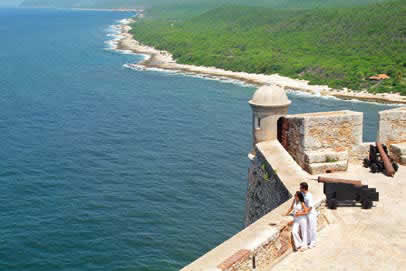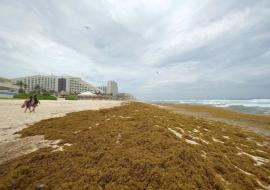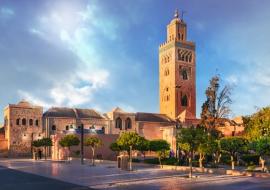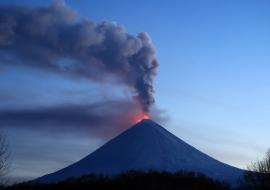Working for Environmental Improvements in Santiago de Cuba’s Bay

Santiago de Cuba's Bay, second largest in the archipelago, is currently embarked on restoring its operational capabilities and environmental conditions as a result of dredging funds.
Click on Santiago de Cuba: A City of 500 Years
That ecosystem, located on the southeast coast of Cuba, has a port of very significant economic and commercial importance for the country, but at the same time is the second most polluted. The Havana seaport tops that notorious list.
In turn, specialists from the Ministry of Science, Technology and Environment, together with toxicologists in the province, continue to monitor the impact of the two stages of dredging in the area, where a restitution of the flora and marine life is observed.
Juan Guerra, top investor of the Guillermón Moncada port, recently stated that the dredging helps to strengthen maritime and port activities, improves naval transportation and expands access to docks, warehouses cargo, to cruise terminals and containers.
He noted that the construction of the new multipurpose terminal will increase design conditions and navigation channels, inlets, harbors and docking, as well as operational capabilities of the bay to allow access to larger ships and draft.
A new coastal laboratory is responsible for the systematic analysis of environmental quality and recovery. It is also applied the environmental toxicological evaluation project for the exposure to heavy metals in sediments and fish, sponsored by the National Environment Fund.
Health authorities, along with the Port Authority and other state enterprises, monitor possible changes and damage to the ecosystem, in compliance with security measures that are implemented for the benefit of human and environmental health.
According to research studies conducted by the Center for Multidisciplinary Studies of Coastal Zones (CEMZOC) of the eastern city, ecological conditions have been altered over time by the active participation of men, consequential amendment of its coastline and pollution of rivers and streams over there.
Liliana Mesa, a member of the team, said that during the studies the team applied methods to define parameters of pH, salinity, chemical and biological oxygen demand, oil pollution and heavy metals, among others, to meet and engage with the problems affecting water cove.
She stressed that besides the rapid development of the city in recent decades and the emergence of new deals and industrial areas unrelated to the sewer system, the harbor, numerous industries and anchorages for vessels are located, have all played a role in polluting the area.














